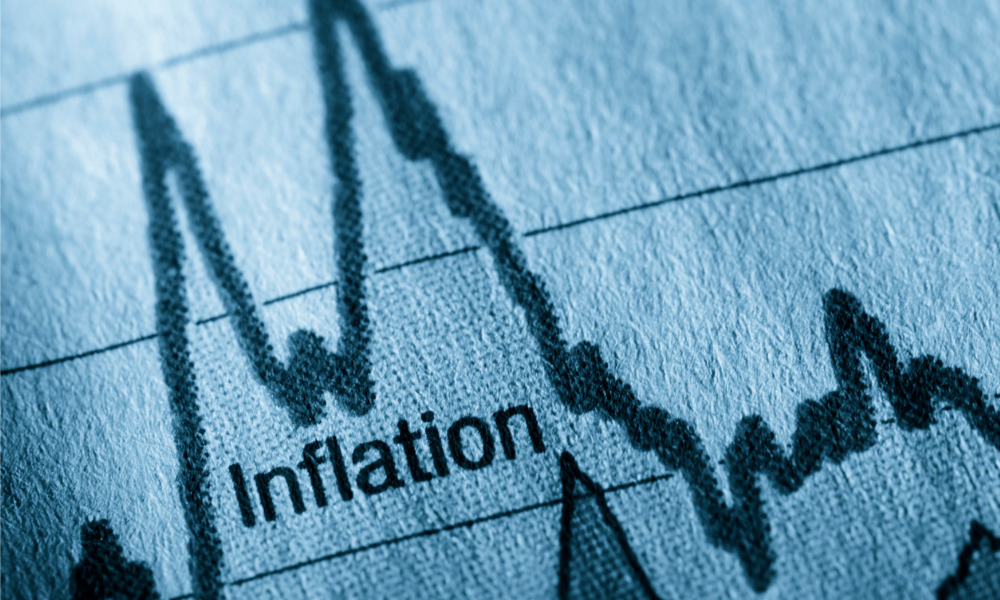TD Economics outlines possibilities over the next two years

Taking all current trends into account, it’s increasingly apparent that the only way to introduce the necessary economic slack that takes pressure off inflation in North America is to either make demand stagnate for a lengthy period or contract sharply over a shorter haul, according to TD Economics.
“In both, the unemployment rate will rise, and it’s only a question of how much and how fast,” TD said in a new analysis. “Given the resilience in employer demand and job vacancies, our forecast has opted for the low-and-slow economic growth framework that produces a 1.5% rise in the unemployment rate through 2023 and 2024.”
TD acknowledged that the potential for significant economic damage (particularly towards investment) is high considering how long the deceleration might last.
“Should a more intense downturn materialize, it’s possible for the central bank to engineer a shorter duration than our two-year timeframe by throttling back more quickly on interest rates from its current highly restrictive territory,” TD said.
Canada is likely to see noticeable gains in near-term spending following stronger employment numbers, but “high inflation and rising interest rates will increasingly take their natural course of action on cooling demand into 2023,” TD said.
The bank is anticipating the peak BoC rate to reach 4.5% in Q1 2023, with both short-term and long-term bond yields likely to decline over the rest of the year amid a flagging economic backdrop, TD concluded.



